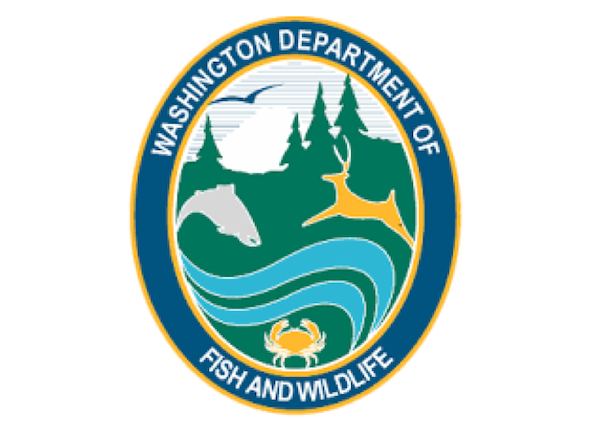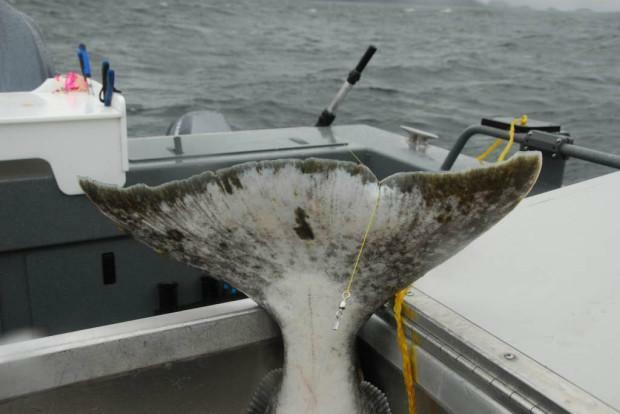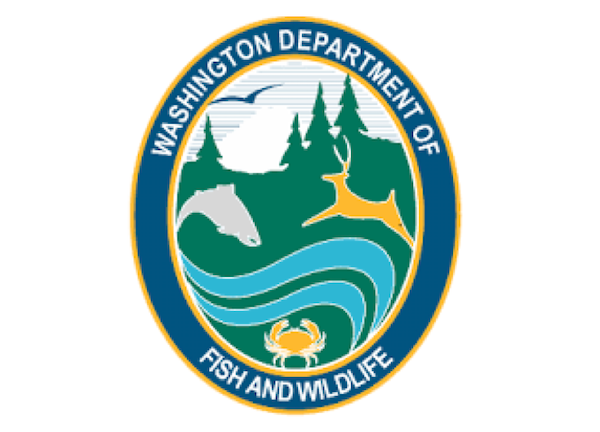Idaho Fish Report
2024 clam and oyster seasons underway

by WA Department of Fish & Wildlife Staff
3-19-2024
Website
Shellfish gathering at Kopachuck State Park closed for planned construction
OLYMPIA – With daytime low tides returning and spring right around the corner, many of Washington’s clam and oyster beaches are now open or will soon reopen for recreational shellfish gathering.
State clam, mussel, and oyster harvesting seasons vary by beach. Regulations and season dates as well as shellfishing tips are available on the Washington Department of Fish and Wildlife (WDFW) website.
The two-page 2024 Puget Sound clam, mussel, and oyster season guide is also now available online, as well as a bivalve shellfish identification chart. The 2024 tides chart highlights the best days for bivalve foraging.
There are shellfish size and harvest limits on public beaches, which are important to maintaining the sustainability of shellfish beds; see the statewide shellfish and seaweed rules. A valid saltwater fishing, shellfish/seaweed, or combination license is required to harvest shellfish from these areas. Licenses may be purchased online or at license dealers and WDFW regional offices.
All shellfish harvesters are also encouraged to review the Washington Department of Health (DOH) shellfish safety interactive map. Water quality conditions may change quickly, so please check the map on the day you plan to harvest. WDFW works closely with DOH to ensure safe, legal harvest of shellfish on state beaches.
Shellfishing at Kopachuck State Park will remain closed for the 2024 season due to a planned park improvement project led by Washington State Parks (Parks). The park will be closed to the public while work is completed. Project timelines are still in development. Please visit the park’s webpage for updates.
“Thankfully, there are many other beaches open for recreational clam, oyster, and mussel harvest throughout Puget Sound — with opportunities throughout the year,” said Camille Speck, WDFW Puget Sound intertidal bivalve manager. “We look forward to reopening recreational shellfishing access once construction is complete.”
“We appreciate the patience of our community while we take this time to improve the park,” Parks Area Manager Olyvia Buday said. “This is such a special place for so many and we can’t wait to invite people back in to enjoy it.”
Each recreational shellfish harvester must use a separate container and must be actively participating in shellfish gathering. Digging equipment may be shared. See state shellfish and seaweed regulations for additional details.
Unfilled clam gathering holes and sediment piles can damage habitat and kill clams. Clam harvesters must refill holes created while digging. To reduce clam mortality, please push any undersized or discarded clams into the refilled holes.
In Washington, private tidelands owners and their families may have their own shellfishing rules for their lands. Treaty tribes also reserve rights to harvest shellfish on most tidelands and beaches. More information is available on this Northwest Indian Fisheries Commission webpage.
The Washington Department of Fish and Wildlife works to preserve, protect and perpetuate fish, wildlife and ecosystems while providing sustainable fish and wildlife recreational and commercial opportunities.
The Washington State Parks and Recreation Commission manages more than 100 state parks and properties totaling approximately 120,000 acres. The Commission provides a variety of recreation opportunities for citizens and provides stewardship protection for a diverse array of natural, cultural and historic resources. State Parks’ statewide programs include long-distance trails, boating safety and winter recreation.


